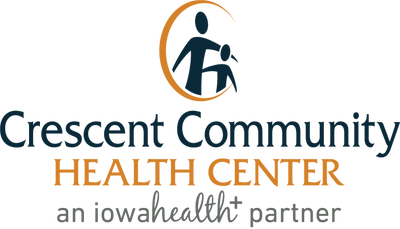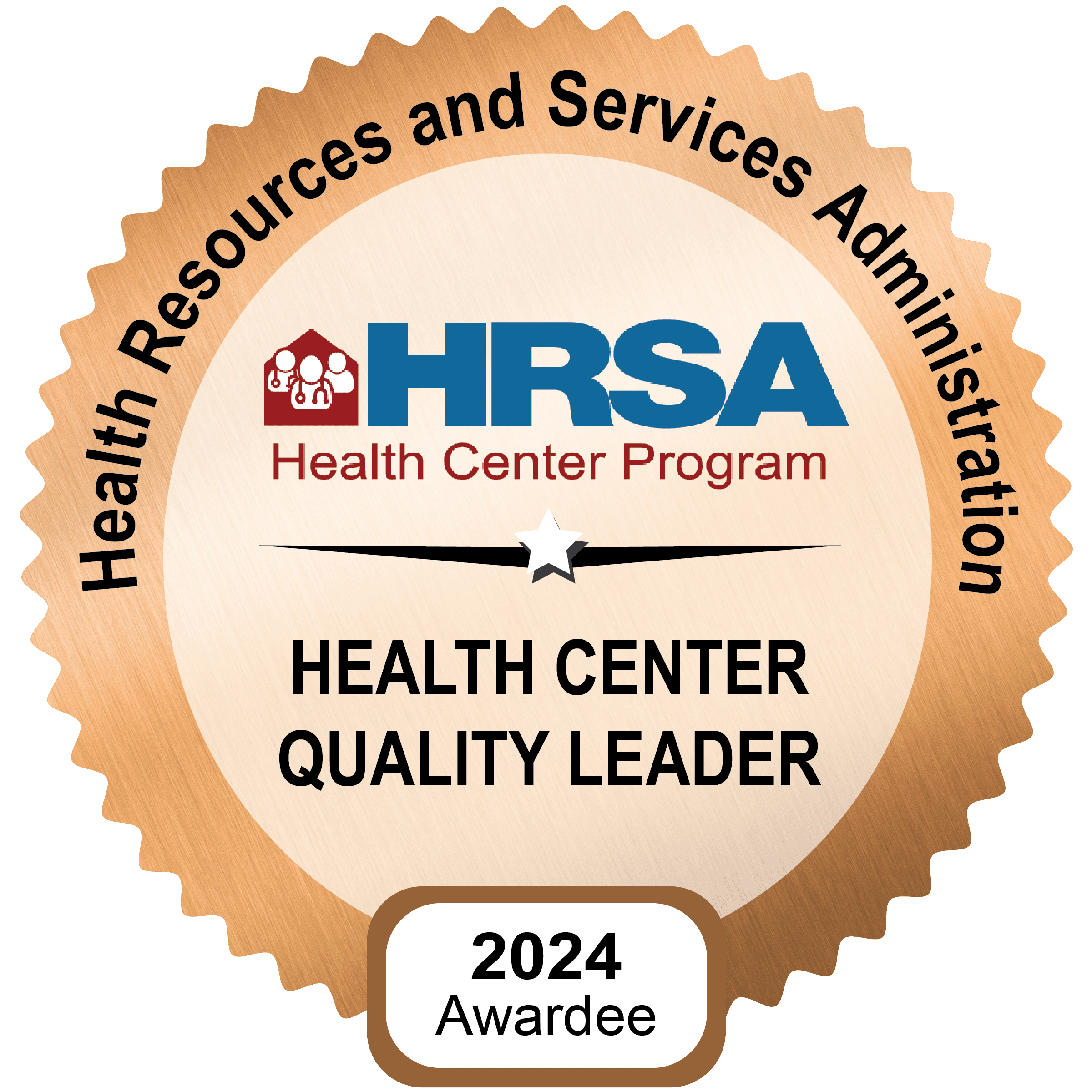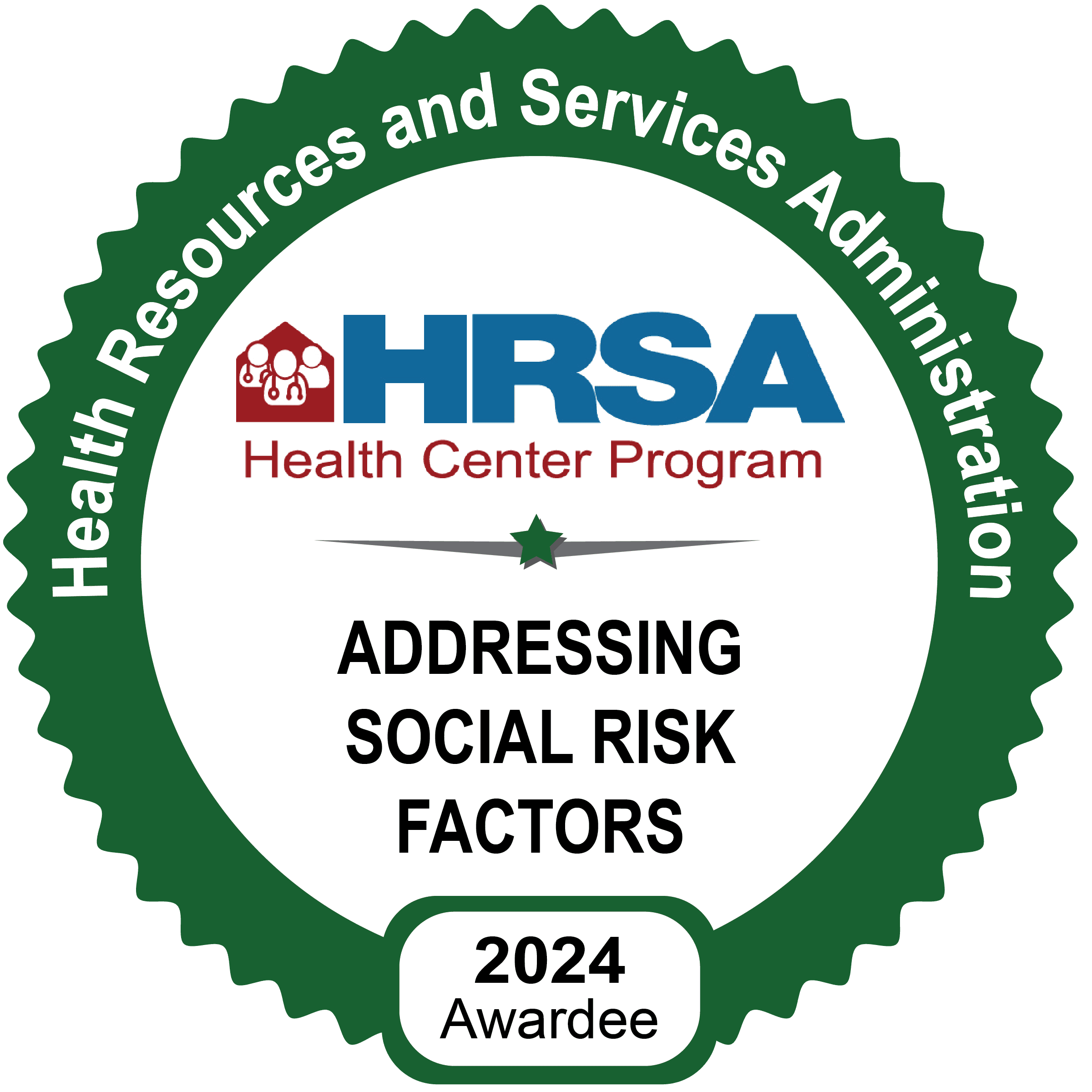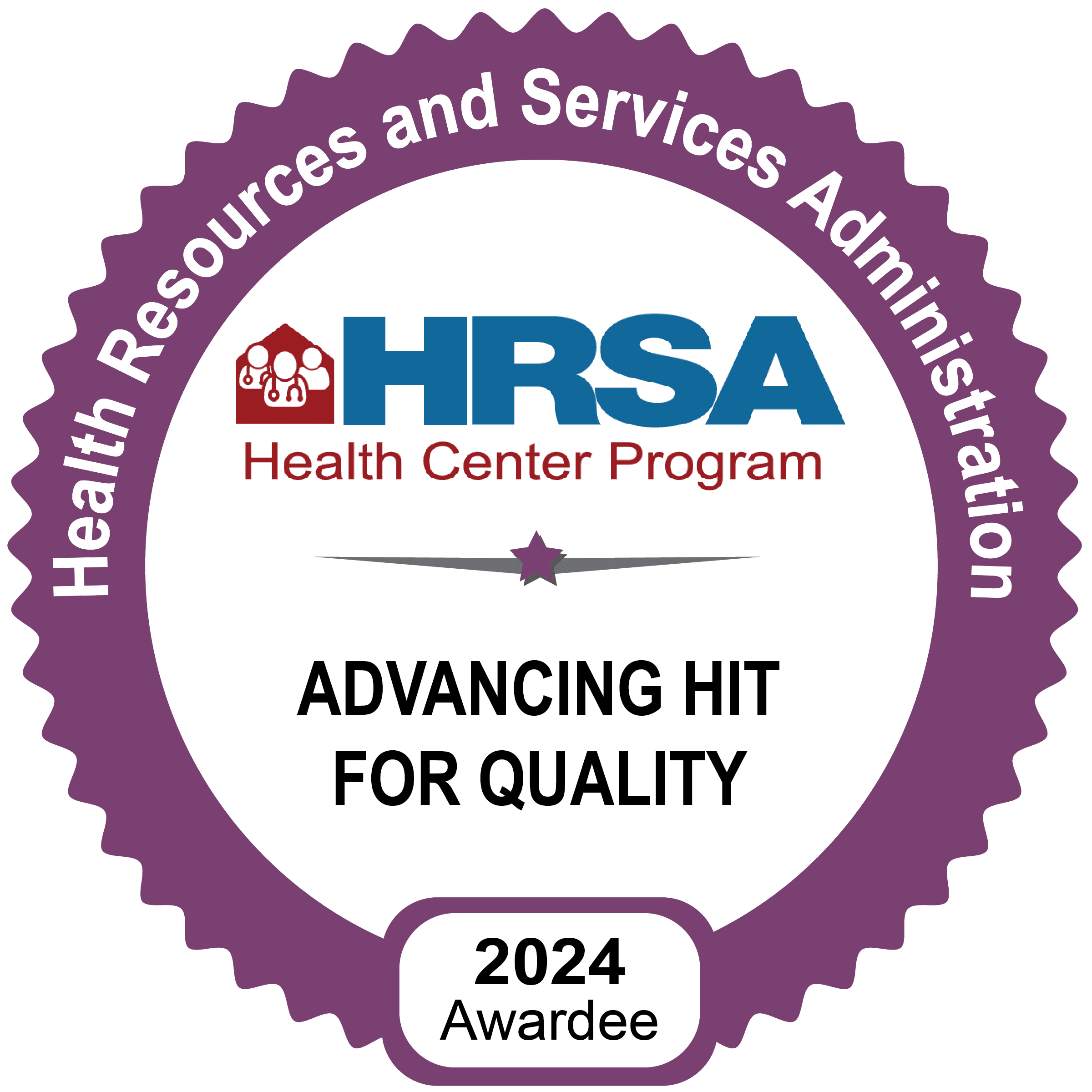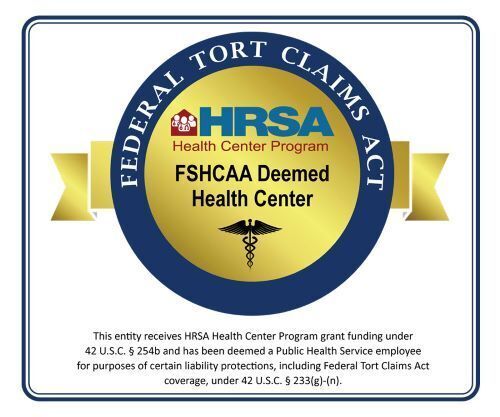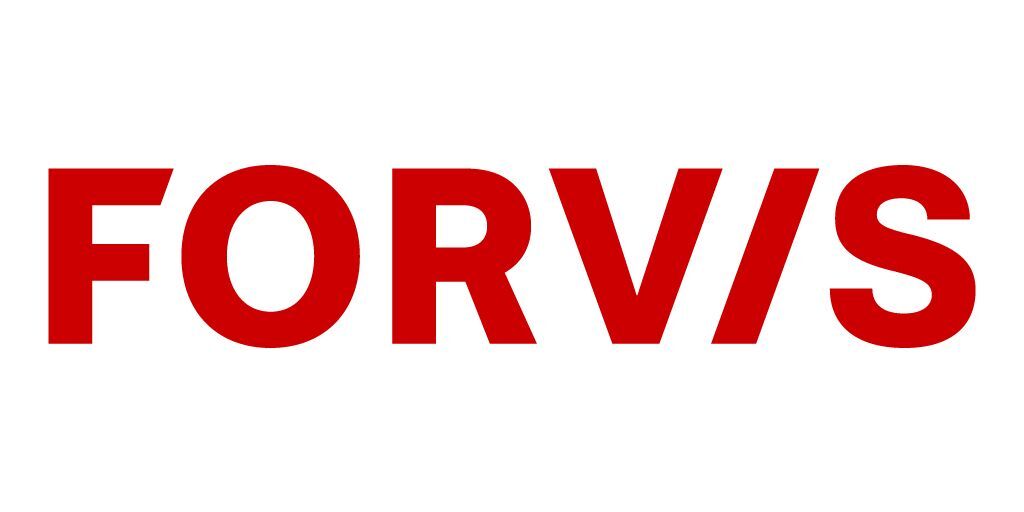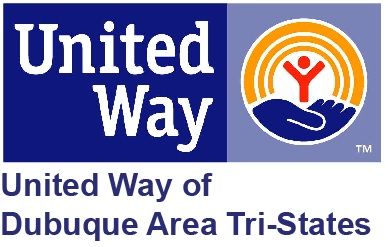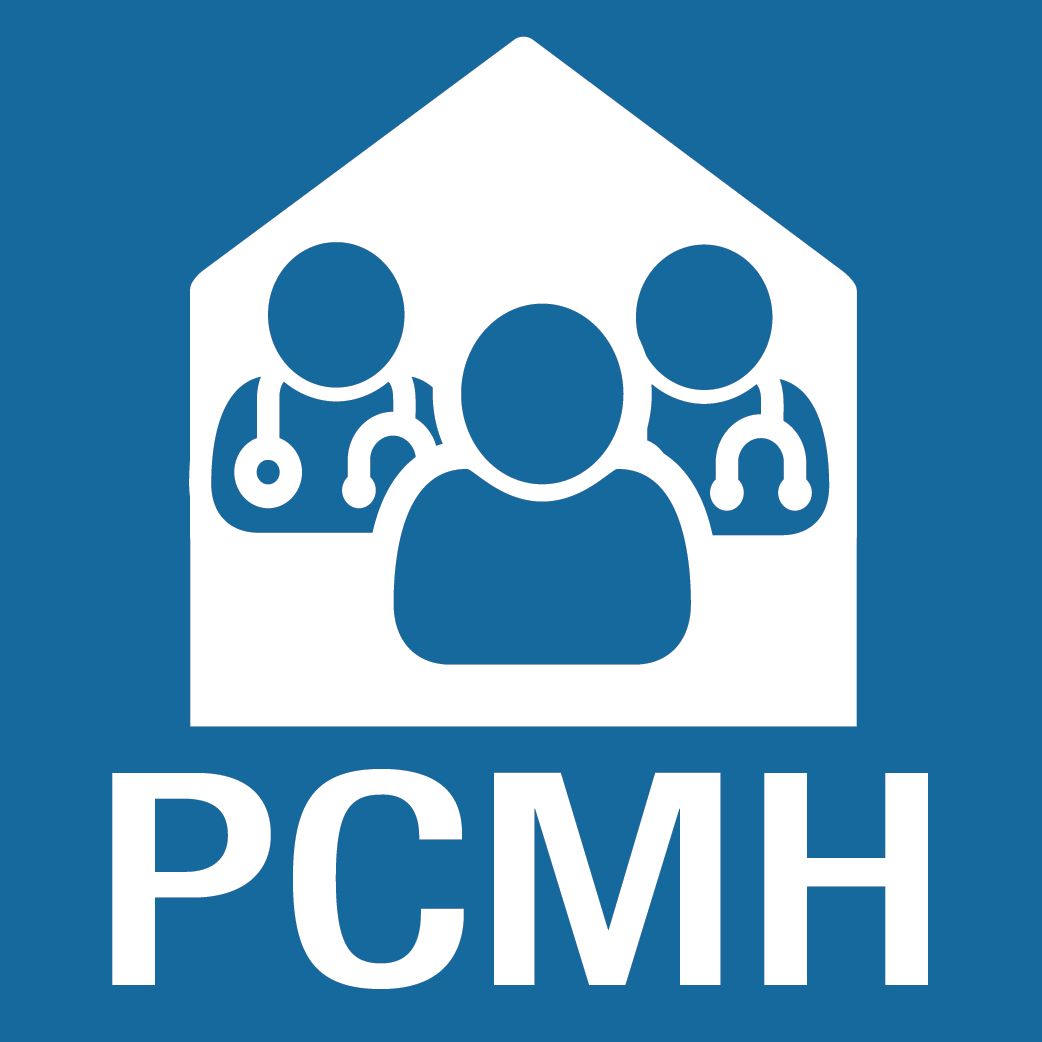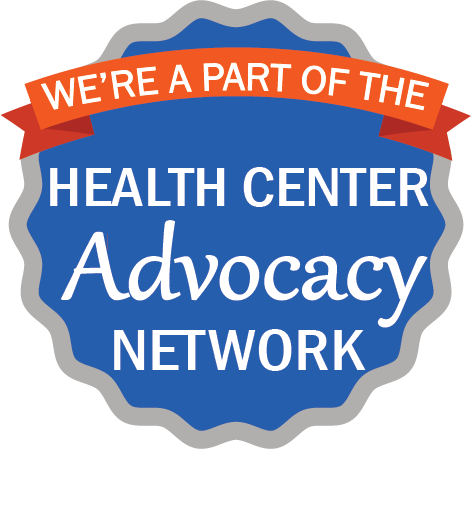Since the nation’s first Community Health Centers opened in 1965, expansion of the federally supported health center system to over 1,400 organizations have created an affordable healthcare option for more than 30 million people. Health centers help increase access to crucial primary care by reducing barriers such as cost, lack of insurance, distance, and language for their patients. In doing so, health centers — also called Federally Qualified Health Centers (FQHCs)– provide substantial benefits to the country and its healthcare system.
America’s Health Centers Are Drivers of Health Equity
- Health centers improve the health and well-being of underserved communities while empowering people to become actively involved in solving issues unique to their needs and communities.
- Health centers are innovators, healers, and problem solvers that reach beyond the walls of the conventional healthcare delivery system to prevent illness and address the social drivers that may cause poor health – diet, nutrition, mental illness, or homelessness.
- The health center mission to promote health equity has become increasingly important in the fight against COVID-19 and other preventable diseases.
- Health centers are fighting the spread of the COVID-19 variants in vulnerable communities—including communities of color and special populations (elderly, people experiencing homelessness, and agricultural workers).
- Health centers work in partnership with healthcare payers, entire healthcare systems, the private sector, and the government on all levels to address and respond to the critical public health crises of our time, including:
- Pandemics
- Natural disasters and extreme weather events
- The national opioid crisis
- Maternal mortality and more.
- By mission and by law, health centers offer enabling services to assist patients with specific barriers to care, including:
- Transportation
- Translation
- Food security
- Accessing other social services
- Studies show the quality care health centers deliver is as good or even better than what patients may experience visiting a private practice, yet the range of services found under one roof is also affordable.
- To prevent COVID from shutting down our economy, health centers are testing, treating, and vaccinating America’s essential workers— people who work in factories, agricultural fields, or clean our public spaces. This day-to-day work helps keep businesses open and employees healthy.
- Health centers are partners in rebuilding the economy. Health centers produce over $63 billion in economic activity in some of the most distressed communities.
- Health centers employ well over 300,000 (270,000 full time employees) including many of our nation’s veterans.
